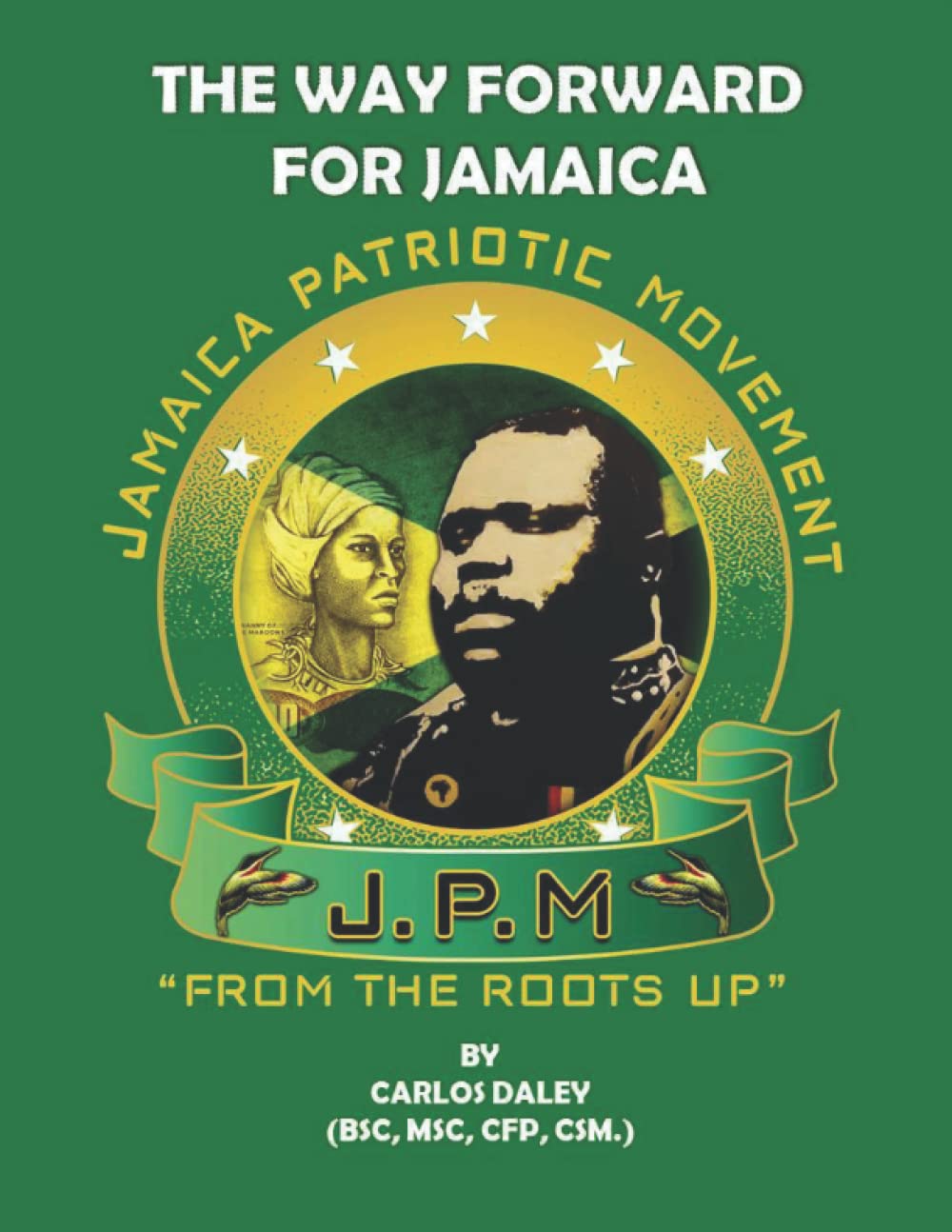Manuel E. Yepe
FIVE years ago, in June 2009, 146 years after Abraham Lincoln signed the Emancipation Proclamation, and 150 days after Barack Obama took his oath as President, the U.S. Senate passed a resolution formally apologizing to the Black citizens of the United States for the suffering they and their ancestors experienced under slavery and Jim Crow. In July 2009 the House of Representatives did the same.
Both apologies acknowledged the inhuman nature of the slavery system and "Jim Crow" practices – the name given to the period of intense racial discrimination which followed the formal abolition of slavery in 1865 – the marks of which were felt as the U.S. version of apartheid until the decade of the 1960s.
That was a period of infamous racial discrimination – more violent and inhuman in the Southern states than in the North – which kept millions of African- American citizens legally segregated from the white population, limited their civil rights, and did not allow them to vote.
The name Jim Crow came from a comedian who, in 1828, wrote and sang the song "Jump, Jump, Jim Crow," about a black slave who danced while brushing his master's horse.
The term Jim Crow was used to identify activities and places where rigid segregation was in place: marriage, the professions, schools, sports, neighborhoods, churches, cemeteries, universities, taxis, trains, boats, buses, bars, restaurants, hotels, hospitals, asylums, jails, drinking fountains, bathrooms, parks, barbershops, circuses, fairs, theatres, movies, elevators, libraries, beaches, public telephones, workshops, and brothels; this apartheid was even practiced in police line-ups.
In some cities there was Jim Crow martial law which prohibited Blacks from being in the streets after a certain hour in the evening. Under Jim Crow laws, they were excluded from unions and were not admitted to "white" brotherhoods, societies or clubs. The Ku Klux Klan, the White Citizens Councils and the John Birch Society, among other American extreme right-wing organizations, added violence to insult.
During the 1960's and 70's, FBI Director J. Edgar Hoover, who viewed the Black Panther Party as "the greatest domestic threat," designed the COINTELPRO program to repress the Black liberation movement and frequently fabricated crimes to frame activists with false accusations. To dismember this radical tendency, all kinds of tactics were used, including the assassination of its leaders, who were described as criminals and placed on a level with those persons who opposed the Vietnam War, supported the independence of Puerto Rico, or showed solidarity with revolutionary Cuba.
In response, the African-American civil rights struggle was intensified. Leaders such as Malcolm X and the Reverend Martin Luther King, Jr. emerged. In the 1960's, the struggle for racial equality produced hundreds of martyrs.
The internal struggle for justice was encouraged by the consolidation of the Cuban Revolution and the growth of anti-imperialism and ideas of social justice in Latin America; but fear of retaliation by the empire and its control of the media restricted the international denunciation of these actions and limited global solidarity.
Nevertheless, a revolutionary situation was being generated and with this came the need to recruit black soldiers for the Vietnam War. This forced the system to bury Jim Crow practices, still strong in the South.
In the interests of national security, the empire made reforms and concessions on the issue of interracial relations. These included the advent of Black police agents, judges and mayors. On TV and cinema screens, African-American actors and actresses no longer represented necessarily subservient and complacent beings. A kind of doctrine of formal equality was maintained, albeit with separation, given that in reality, since the times of slavery, racism concealed a profound system of class division in American society.
In the early 21st century, there was an historical achievement in the United States: the election of a President of African descent although, of course, this has not sufficed to erase – far less repair– the human rights deprivations and the millions of wounded lives of people whose alleged emancipation had been proclaimed a century before.
The forms of persecution, arbitrary injustices, and racist affronts which lacerated human dignity were many. Some of these shamefully survive as cruelly open wounds. •

